How Young Kids Learn with Robots.
By Xavier James
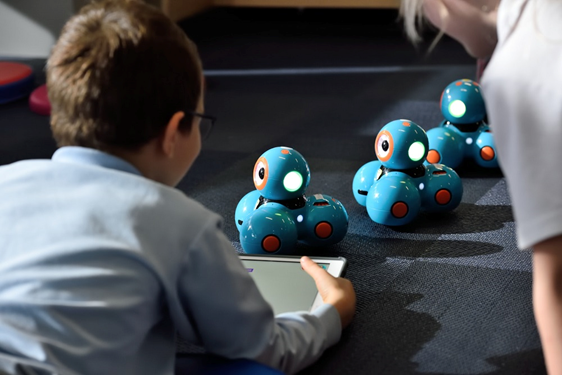 Image source: https://unsplash.com/photos/rSdkzkfvqlY
Image source: https://unsplash.com/photos/rSdkzkfvqlY
Even though the technology is becoming increasingly important in the four walls of the classroom, students often tend to shy away from learning the basics. The apparent complexity of structures and the subject itself seems to overwhelm their learning instincts.
However, as responsible leads of today, it is our responsibility to convey the advanced technological knowledge to younger ones. But, of course, that wouldn't be possible until we realize the true impact of this knowledge upon kids.
For this very reason, this post aims to help you get acquainted with how exactly and what exactly young kids learn with robots. Let's get straight into it.
- 0 Comments
- Feb 23, 2021 10:00:00 AM
- Posted by Natalia Galvis
- Topics: Math, Math Book, EdTech, STEM, Curriculum, teachers, students, Technology, Makerspace, VR, Realidad Virtual, AR, Edchat, Gendergap, Digital Technology, Augmented Reality, teaching, online, Virtual Reality, virtual learning, lessons
The AI LAB by RobotLAB at Northeast Guilford High School
Hello everyone, my name is Elad Inbar, CEO of RobotLAB. Today I'd like to invite you to the AI lab that we built for Guilford County school in North Carolina
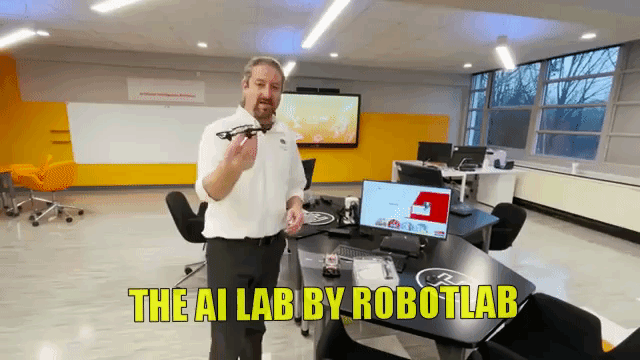
- 0 Comments
- Feb 22, 2021 4:00:00 PM
- Posted by Natalia Galvis
- Topics: Math, Math Book, EdTech, STEM, Curriculum, teachers, students, Technology, Makerspace, VR, Realidad Virtual, AR, Edchat, Gendergap, Digital Technology, Augmented Reality, teaching, online, Virtual Reality, virtual learning, lessons
3 Tips for Creating Math Word Problems That Boost Critical Thinking
By Braxton Hall
 Photo by Jeswin Thomas on Unsplash
Photo by Jeswin Thomas on Unsplash
Well-designed word problems give elementary students a tangible context for understanding math concepts.
- 0 Comments
- Feb 22, 2021 10:00:00 AM
- Posted by Natalia Galvis
- Topics: Math, Math Book, EdTech, STEM, Curriculum, teachers, students, Technology, Makerspace, VR, Realidad Virtual, AR, Edchat, Gendergap, Digital Technology, Augmented Reality, teaching, online, Virtual Reality, virtual learning, lessons
5 Ways to Give Students a Makerspace Experience at Home
By Megan Jacobs
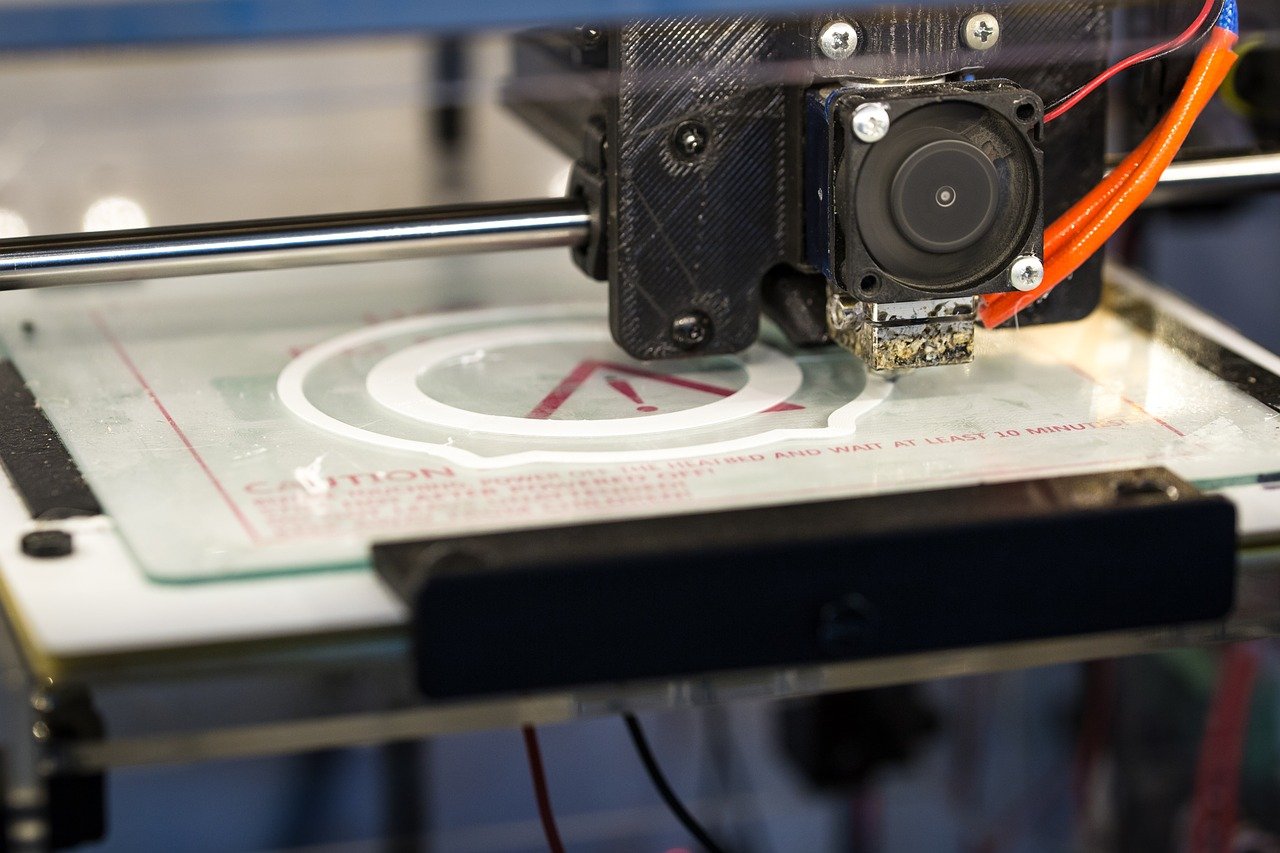 Image by Lutz Peter from Pixabay
Image by Lutz Peter from Pixabay
Hands-on projects that use inexpensive materials and focus on multiple iterations help make learning fun.
- 0 Comments
- Feb 19, 2021 10:00:00 AM
- Posted by Natalia Galvis
- Topics: Math, Math Book, EdTech, STEM, Curriculum, teachers, students, Technology, Makerspace, VR, Realidad Virtual, AR, Edchat, Gendergap, Digital Technology, Augmented Reality, teaching, online, Virtual Reality, virtual learning, lessons
Augmented Reality In Education: A Staggering Insight Into The Future
By Shawn Mack
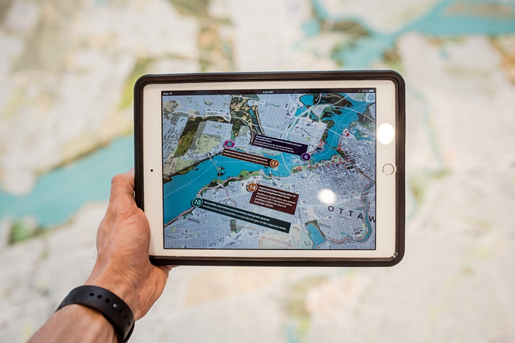 Photo source: https://unsplash.com/photos/CyX3ZAti5DA
Photo source: https://unsplash.com/photos/CyX3ZAti5DA
First off, let us get one thing very clear; what is augmented reality? Fundamentally, it is a futuristic technology, the roots of which date as far as back in the 1990s. It is a technology, which makes it possible to merge computer-generated graphics with the real environment on screen. The word augmented in the whole term pretty much justifies that.
- 0 Comments
- Feb 18, 2021 10:00:00 AM
- Posted by Natalia Galvis
- Topics: Math, Math Book, EdTech, STEM, Curriculum, teachers, students, Technology, VR, Realidad Virtual, AR, Edchat, Gendergap, Digital Technology, Augmented Reality, teaching, online, Virtual Reality, virtual learning, lessons
5 Tips to Maximize Your Productivity While Studying Online
By Ashley Lipman
Image source: https://unsplash.com/photos/RYyr-k3Ysqg
Since the start of the pandemic, we’ve been trying to make remote-learning work for all students. Some have been more successful than others, but overall, everyone struggles with the constraints of social distancing.
- 0 Comments
- Feb 17, 2021 10:00:00 AM
- Posted by Natalia Galvis
- Topics: Math, Math Book, EdTech, STEM, Curriculum, teachers, students, Technology, VR, Realidad Virtual, AR, Edchat, Gendergap, Digital Technology, Augmented Reality, teaching, online, Virtual Reality, virtual learning, lessons
How To Use Augmented Reality in Distance Learning
By Karl Murphy
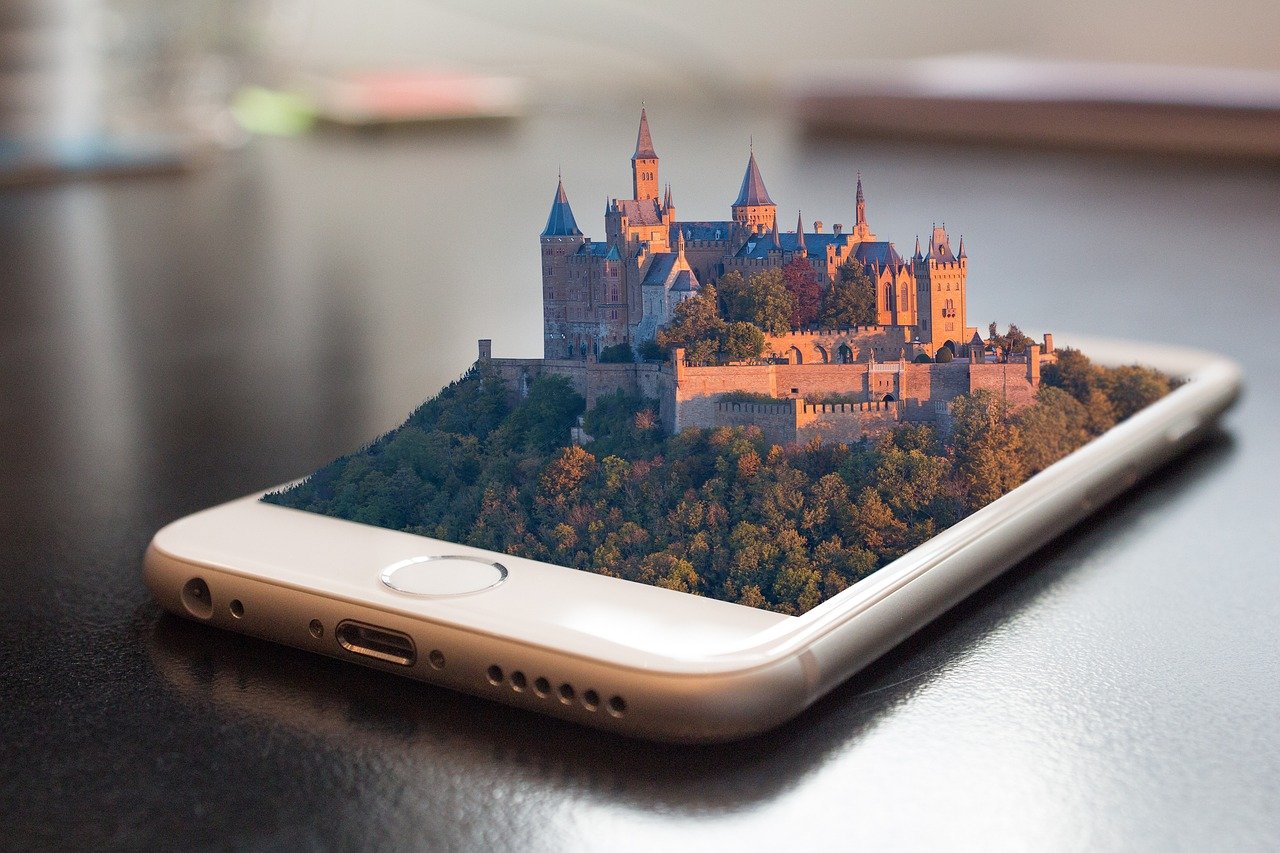 Image by FunkyFocus from Pixabay
Image by FunkyFocus from Pixabay
The world went virtual and embraced the concept of artificial intelligence (AI) and augmented reality (AR) a long time ago. However, the breakout of a global pandemic in 2020 had more people living and experiencing things virtually. Educators jumped on this bandwagon, looking towards augmented reality to create interactive lessons.
- 0 Comments
- Feb 16, 2021 10:00:00 AM
- Posted by Natalia Galvis
- Topics: Math, Math Book, EdTech, STEM, Curriculum, teachers, students, Technology, VR, Realidad Virtual, AR, Edchat, Gendergap, Digital Technology, Augmented Reality, teaching, online, Virtual Reality, virtual learning, lessons
Online Program Brings Power of Immersive Space Simulations to STEM Learning
By Jane Gallagher
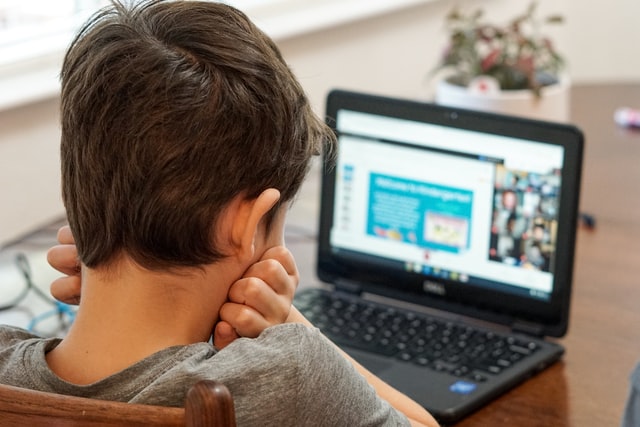 Photo by Thomas Park on Unsplash
Photo by Thomas Park on Unsplash
Online learning has increasingly become a viable option for schools and districts to provide their students with improved access to a greater number of the courses they need. Teachers are becoming more adept at incorporating online resources into their daily instruction, and the oldest K-12 online programs are now more than twenty years old. Hundreds of thousands of students are using online instruction either full-time, or to supplement their local school’s offerings. Today, students have many choices to utilize the power of online education to make learning personal and meaningful to them.
- 0 Comments
- Nov 30, 2020 10:00:00 AM
- Posted by Natalia Galvis
- Topics: EdTech, STEM, Curriculum, teachers, students, Technology, AR, Edchat, Digital Technology, teaching, online, lessons, eLearning
Can AR Be The Antidote to Virtual Classroom Shortcomings?
By PARKER MCDONOUGH.
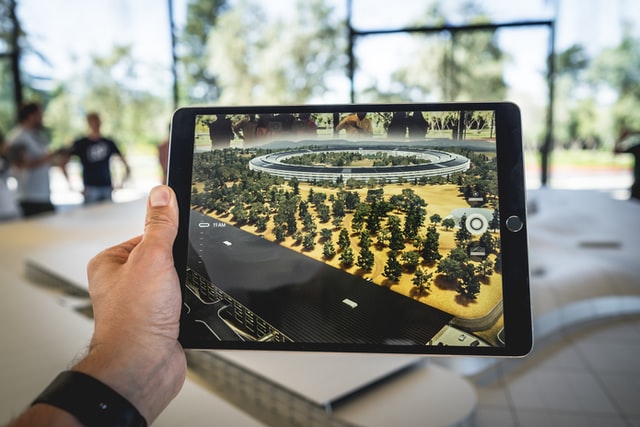 Photo by Patrick Schneider on Unsplash
Photo by Patrick Schneider on Unsplash
Distance learning can impede hands-on learning experiences, but AR has potential to increase virtual student engagement
- 0 Comments
- Nov 25, 2020 10:00:00 AM
- Posted by Natalia Galvis
- Topics: EdTech, STEM, Curriculum, teachers, students, Technology, AR, Edchat, Digital Technology, teaching, online, lessons, eLearning
Virtual Reality In Education
Slowly but surely, virtual reality and augmented reality are making their way into the mainstream. While both (known along with mixed reality as “reality technologies”) have been around for a couple of decades, they were until relatively recently reserved to a small group of aficionados. Technological advancements, interest from some of the biggest tech companies around and the realization that VR can help us out in many aspects of our day-day-lives now mean that more and more people are taking an interest. Today, VR in education is being used widely.

- 0 Comments
- Oct 9, 2019 10:00:00 AM
- Posted by Natalia Galvis
- Topics: EdTech, STEM, Realidad Virtual, STEMchat, AR, Edchat, Augmented Reality
Relevant Posts
Popular Posts
Subscribe to Email Updates
-
I Want To Learn MoreADDITIONAL INFORMATION


